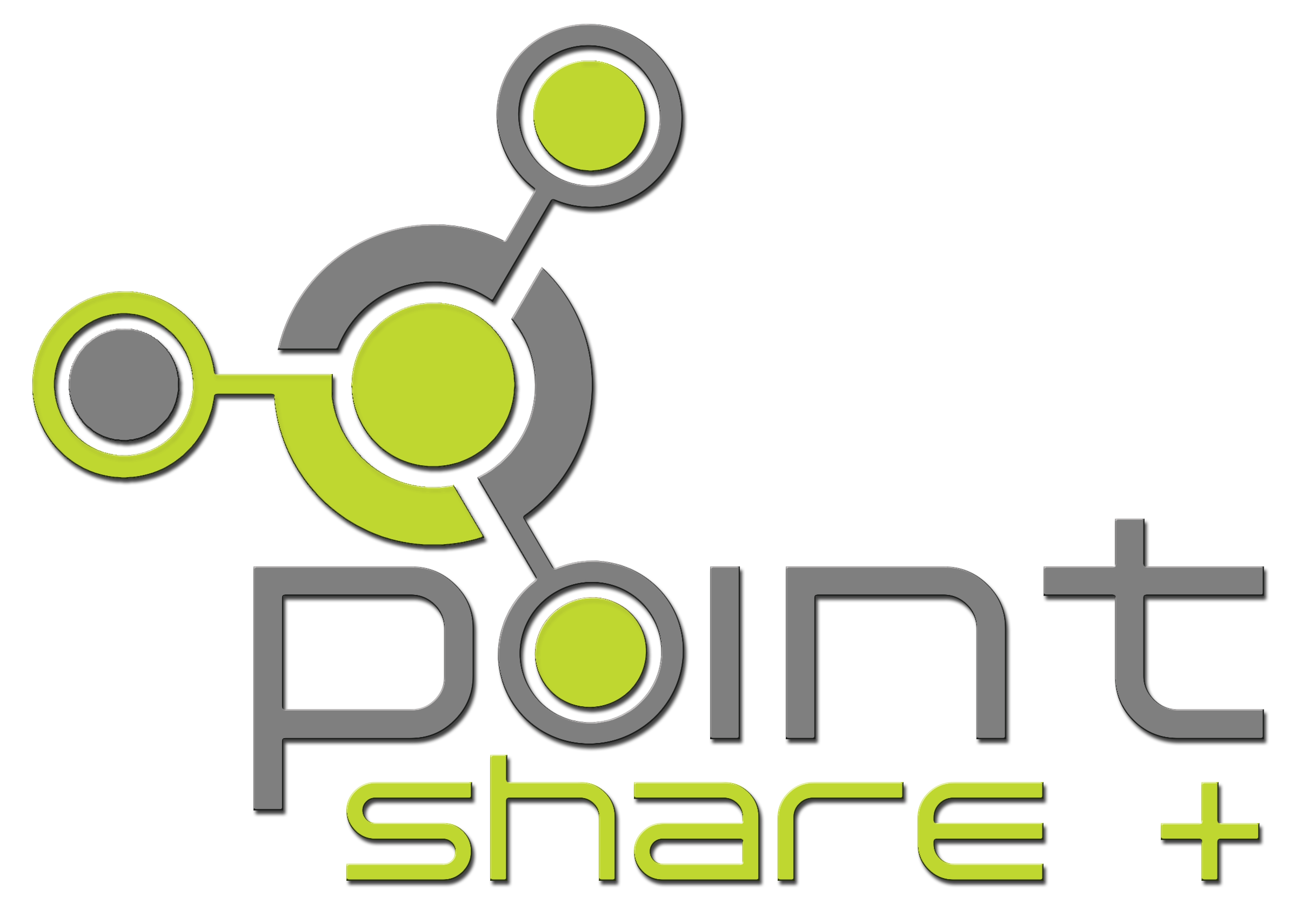Why you should be adopting the point cloud cloud
You might be asking – What is the point cloud cloud?
Research shows overwhelming evidence, that in the coming decade, there will be significant advance in technology, this is not unexpected but also exciting…right? Absolutely, think of the potential for technology to improve the lives of millions of people, arrest the progress of global warming, develop alternative energy sources, and then there is space exploration, people are after all, being launched into space at an alarmingly frequent rate, with relative ease and nonchalance. And that is fine, but does this technological advance mean to spatial professionals and what will drive it?
If you are a spatial professional, or you work with spatial data on mass, one thing is sure, you need to be ready…not next year, next month or next week, but now. If you are not adopting and adapting to the ever-changing technological environment, you should have a very real fear of missing out, yes FOMO. One thing for sure, your competitors are already there, and you should be too. Mass data and the cloud are here, and you need to be a part of it.
However, as anyone who has worked with point cloud data can attest, it often comes with challenges. Spatial mass data specialists are often managing massive data sets, typically requiring dedicated and specialised hardware and software, moreover that software will require specialised skill, knowledge, and training, manipulation of point cloud data can be part art, part science.
For organisations working with point cloud data, it is often becoming isolated or siloed, which can often result in multiple requests for the same data, both internally, amongst colleagues and across cross-functional teams, and from external project stakeholders and clients, leading to an absence of effective collaboration and a loss of efficiency, all this before we have even considered the issue of file compatibility, that is a topic for another discussion.
There is a better way to create and manage Single-Source-of-Truth (SSoT) datasets, with limitless data handling, seamless visualisation, no requirement for specialised hardware or software and minimal training. Peter Drucker famously said words to the effect, "If you want something new, you must stop doing something old." And that is the reality of the point cloud cloud, you must change what you are doing today, to reap the rewards tomorrow.
The benefit of an online system is multi-layered; there is a significant saving in time, employees are upskilled faster, clients are distributed data quicker, subsequently expediting ROI costs. A single-source-of-truth (SSoT) platform helps project data consolidation within an intelligent data management system and enables you to scale your business when you need, while exploiting the availability and flexibility of 24/7 anywhere access – have internet – have data! The ever-expanding availability of 5G networks will further enhance the accessibility of the data, taking out of the office and into the field in near real time.
Online storage is comparatively cheap, especially against a self-hosted or self-managed solution that requires dedicated hardware, software, and IT personnel, add to that the ability to scale rapidly, exceedingly high up-time, data access speeds, secure data encryption and failsafe redundancy, then the case for online storage is compelling, and it is only going to get cheaper and faster.
Cross-functional teams are an obvious benefactor of SSoT systems, and this is especially the case for point cloud data. The ability for a SSoT project dataset to be collaborated on by several teams without the need to duplicate, upload, download and manipulate data provides clear efficiencies to any workflow. Take the case of a brownfield refurbishment. A survey or reality capture team collects the data, processes, and uploads it to the platform then shares it with the modelling team, the design and engineering team and any other project stakeholders. That SSoT becomes and remains, the platform from which the project propagates.
Further, the ability to upload and overlay 3D models enables additional project stakeholders and clients to review and analyse designs against the constraints of the physical site, and this is made easy through access to the original dataset. Commentary and requests are passed through the system to provide complete transparency in the design process. This analyse mitigates the probability of design and installation issues when the project moves to the next phase onsite.
The point cloud cloud is here, and it will change the way we do things, if you work with or around point cloud data, you need to be on the point cloud cloud, there are too many benefits not to be.
Comments
By accepting you will be accessing a service provided by a third-party external to https://pointshareplus.com/



